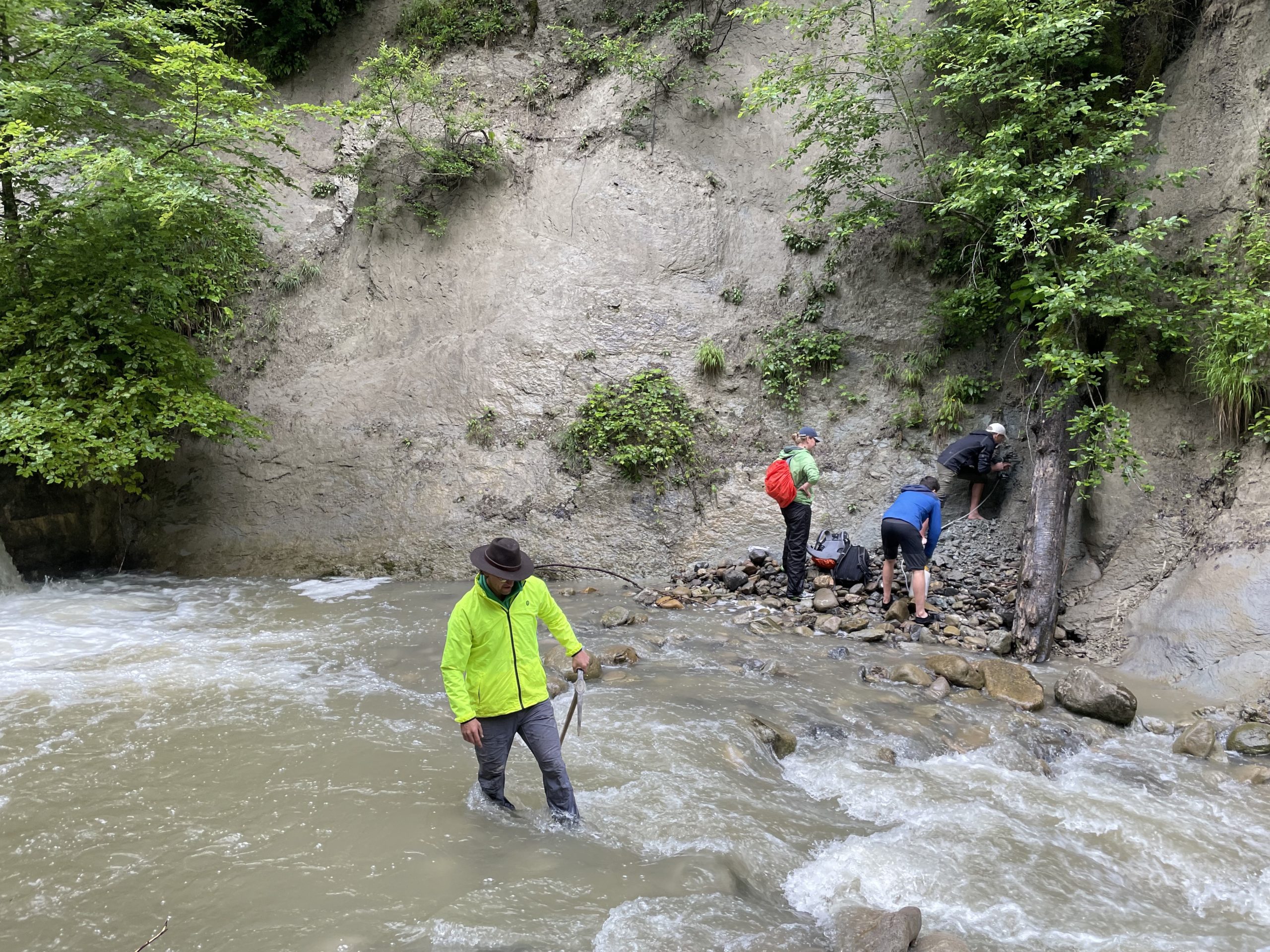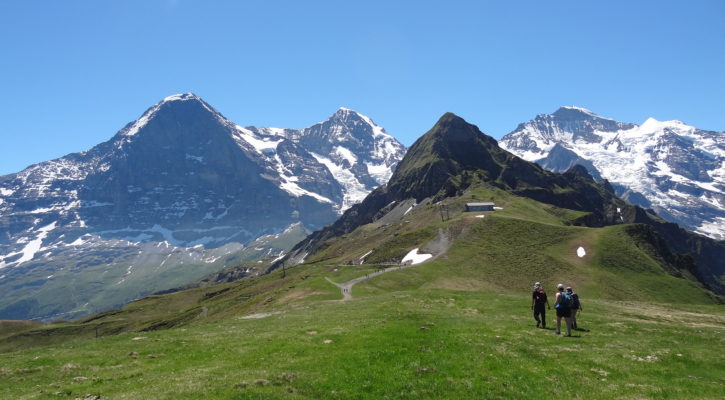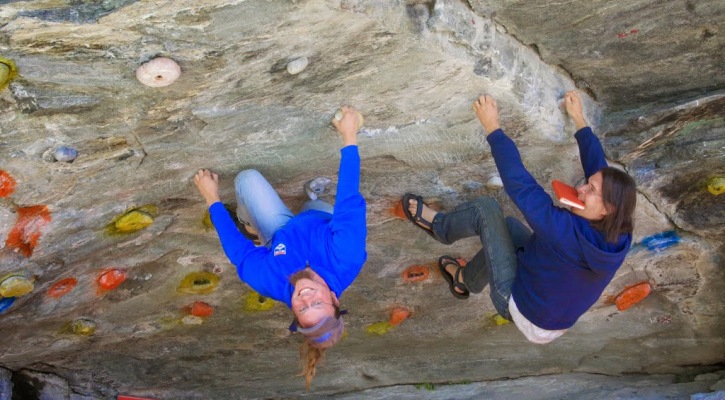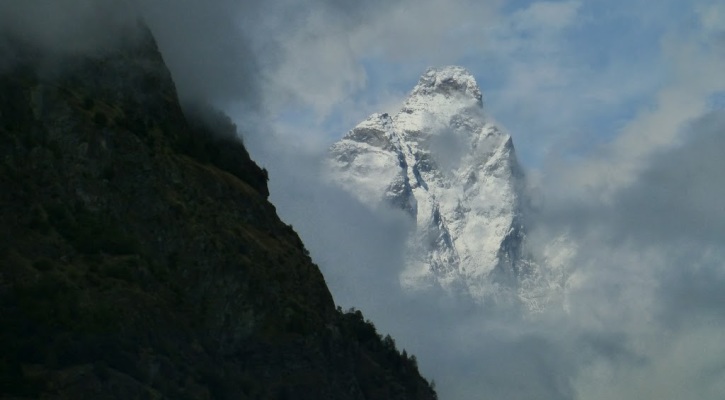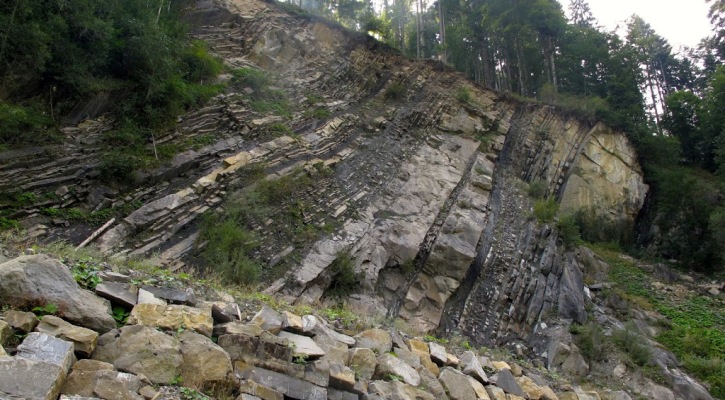Dieke is a master’s student Earth, Structure and Dynamics Masters at Utrecht University, currently working on her graduation thesis in paleomagnetism. Plate reconstructions are essential tools in tectonic, palaeogeography, -climate, -oceanography, and -biology studies. Apparent polar wander paths (APWPs) provide quantitative information to create these plate reconstructions and their calculation requires that the palaeosecular variation […]
Switzerland
The history of Alpine geology from a Swiss mountain top with Anna Bidgood
Anna is a PhD student at Oxford University. You can read more about her adventures here. When George Mallory was asked why he wanted to climb Mount Everest, he replied “because it is there”. This approach to mountains and the ‘sublime’ has been present since the Victorian era when the infatuation with the Alps and glaciers truely […]
Balmuccia Peridotite, Italy with Chris Spencer
Geologists working very hard as we do. One of the many reasons I love the Alps is because one can transect the entire crust from fiamme-bearing ignimbrites at Crevacuore to … … the mantle as seen here near Balmuccia where fresh peridotite is intruded by peroxenite dikes. The Balmuccia Peridotite is located up the Val […]
Return to the Western Alps
This month I was lucky enough to again participate in the “Anatomy of an Orogeny” field course in the Alps with the University of St Andrews. Last year I had four posts outlining our transect from Milan, Italy to Berne, Switerzland (clockwise from upper left: Sesia-Lanzo, Ivrea Verbano, Flysch and Molasse, Helvetic Nappes). This year we had great […]
Central Alps – Flysch and Molasse
Flysch and Molasse are terms that describe different sets of sedimentary facies associated with orogenic belts. Molasse is defined as terrestrial and shallow marine deposits formed nearest the rising mountain front. It consists of various interbedded rock types including conglomerates, sandstones, and shales. The flysch on the other hand is made up of deep marine […]

